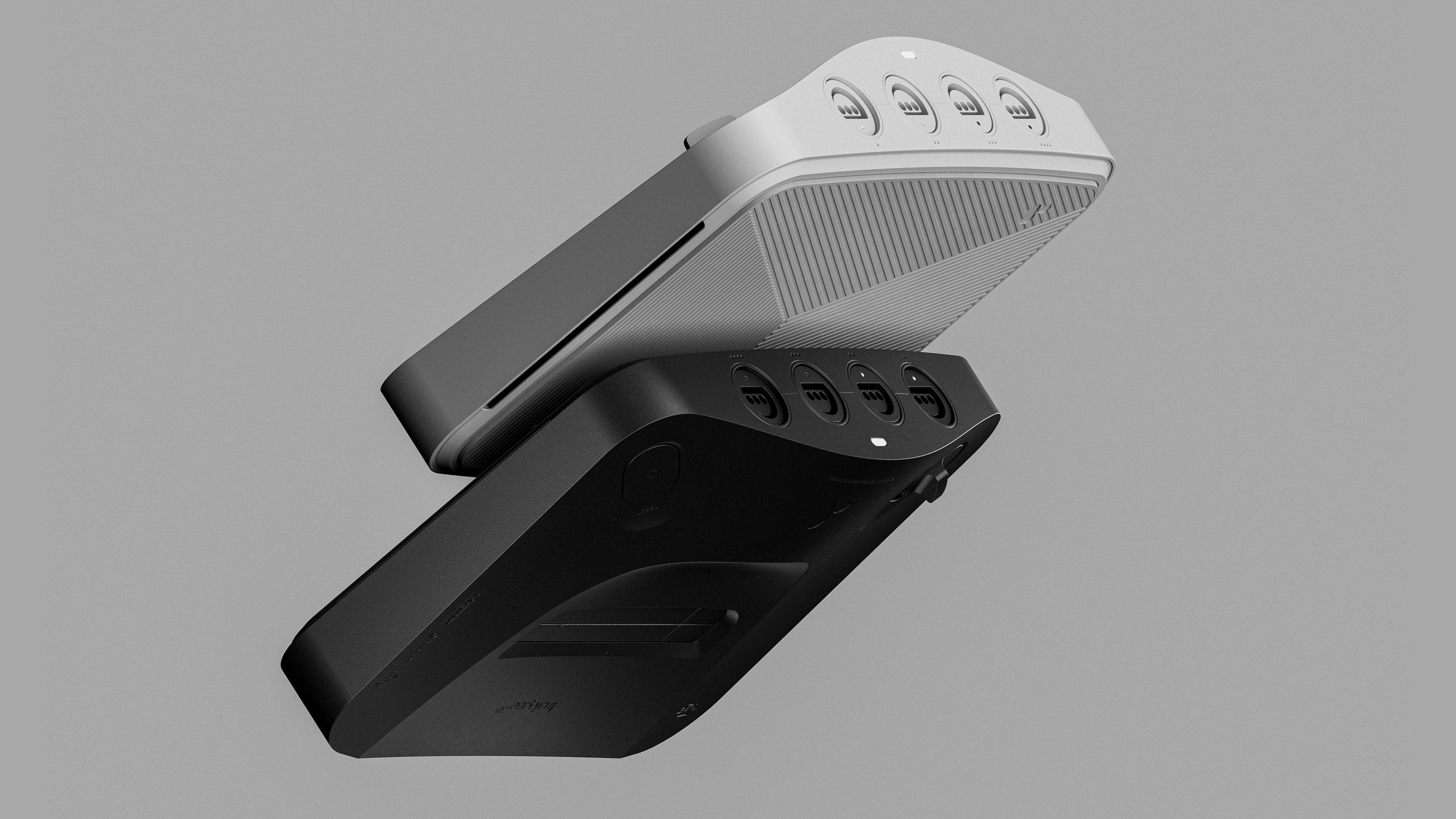Old-school gamers can now revisit Nintendo’s classic era, courtesy of the new Analogue3D
Analogue’s new Analogue3D console is a faithful update of the original N64, with 4K upscaling and pixel-perfect emulation

Californian retro gaming specialists Analogue have announced their latest, most ambitious product to date, the Analogue3D. Whereas the company’s previous console reboot, the Analogue Pocket evoked and emulated Nintendo’s classic Gameboy, the Analogue3D ramps up the processing power to tackle that powerful icon of 90s gaming, the Nintendo N64.

Analogue3D games console takes original Nintendo N64 cartidges
The original N64 was launched in June 1996 after much anticipation and many delays. Although it wasn’t the of the 64-bit games consoles (an honour that goes to the failed and now cultish Atari Jaguar from 1993), it had the might of Japan’s biggest video games company behind it, along with some of the most iconic IP in gaming history and a ready-made audience of eager gamers brought up on its predecessor, the 49-million-selling NES.

The Nintendo N64 games library ran to 388 titles
Analogue’s re-boot bills itself as ‘100% compatible with every original N64 game ever made’ (although there were only 388 of them, compared to around 1,700 for the NES). The console has a cartridge slot, just like the original (which was one of the last major consoles to use cartridges not CDs) and meaning that only official, legacy games can be played. All of them are accurately rendered by the Analogue3D’s custom silicon, which not only faithfully displays every pixel but upscales the games into pristine 4K resolution, outputted via HDMI.

Analogue3D supports original controllers and four players
As the company points out, that’s 10x the resolution of Nintendo’s original resolution of 320x240 pixels (the display maxed out at 640×480). On top of that, the hardware also emulates the N64’s original display modes, bringing back the glow and fuzz of cathode ray television screens to the most modern OLED television.

Analogue3D console
Perhaps most importantly of all, the Analogue3D also duplicates the N64’s hitherto unsurpassed multiplayer abilities - some 70% of N64 titles supported two or more players and split screen gaming allowed four people to race, battle and explore at once. In addition to having four N64 controller-compatible ports, the Analogue3D also includes Bluetooth. Together with 8BitDo, the company has developed a wireless Bluetooth version of the original controller (sold separately), updated, enhanced and tougher.

A new Bluetooth controller has been developed to work wirelessly with the Analogue3D
All this is powered by 3DOS, a bespoke version of Analogue’s proprietary operating system. Four years in development, the system set out to conquer the intricacies and eccentricities of Nintendo’s original system, the complexity of which has confounded emulators for decades. Now contemporary gamers will have no excuse not to revisit some timeless classics.

Analogue3D console, available in black or white
Analogue3D, available in black or white, $249.99, 8BitDo 64 Controller sold separately $39.99, shipping Q1 2025, Analogue.co, 8BitDo.com
Receive our daily digest of inspiration, escapism and design stories from around the world direct to your inbox.
Jonathan Bell has written for Wallpaper* magazine since 1999, covering everything from architecture and transport design to books, tech and graphic design. He is now the magazine’s Transport and Technology Editor. Jonathan has written and edited 15 books, including Concept Car Design, 21st Century House, and The New Modern House. He is also the host of Wallpaper’s first podcast.
-
 A compact Scottish home is a 'sunny place,' nestled into its thriving orchard setting
A compact Scottish home is a 'sunny place,' nestled into its thriving orchard settingGrianan (Gaelic for 'sunny place') is a single-storey Scottish home by Cameron Webster Architects set in rural Stirlingshire
-
 7 colours that will define 2026, from rich gold to glacier blue
7 colours that will define 2026, from rich gold to glacier blueThese moody hues, versatile neutrals and vivid shades will shape the new year, according to trend forecasters
-
 In Norway, discover 1000 years of Queer expression in Islamic Art
In Norway, discover 1000 years of Queer expression in Islamic Art'Deviant Ornaments' at the National Museum of Norway examines the far-reaching history of Queer art